Creative Aquarium Setups and Betta Fish Care Tips
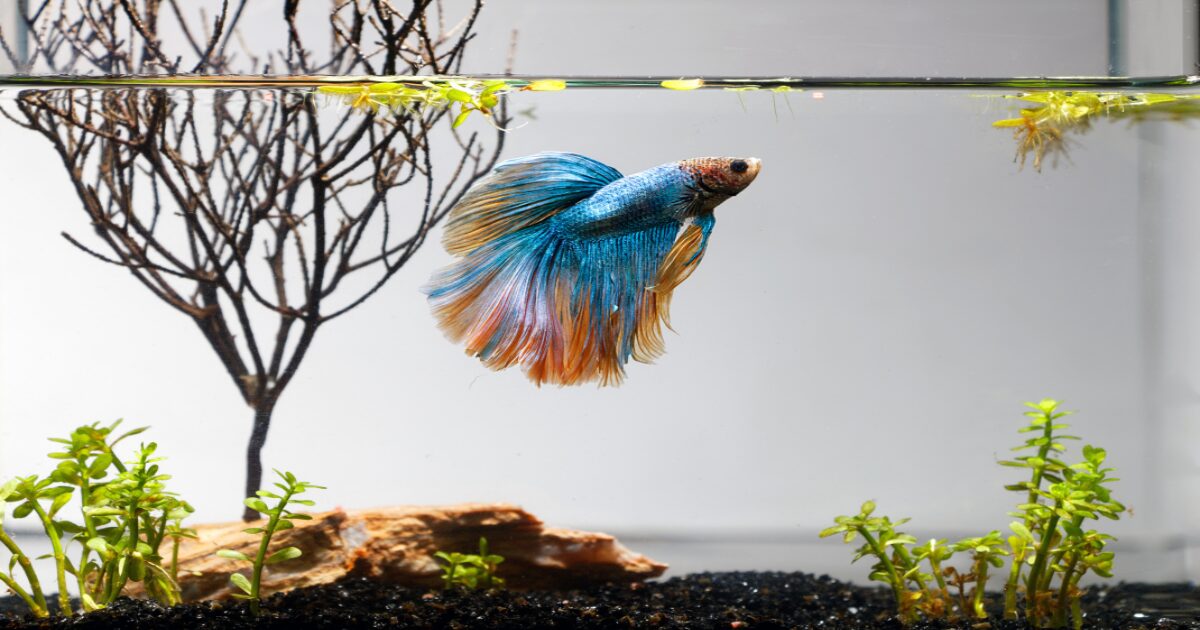
Introduction:
Betta fish are one of the most vibrant and captivating aquarium pets you can own, but caring for them goes far beyond simply setting up a tank. As proud owners of these beautiful creatures, we want to ensure their well-being by providing them with an environment that promotes happiness, health, and natural behavior. Whether you are a first-time fish keeper or a seasoned aquarium enthusiast, understanding how to care for a betta fish involves more than just feeding them and cleaning the tank every once in a while. Bettas are incredibly intelligent, social creatures that require careful attention to their habitat, diet, and daily care routines.
The Importance of Diet in Betta Fish Health
A betta’s environment needs to be optimized for their unique needs, but one of the most crucial aspects of their overall health is their diet. The way you feed your betta directly impacts their physical condition, energy levels, and the longevity of their vibrant colors. With the right nutrition, you’ll not only keep your betta active and thriving but also help them develop their full potential as an amazing, beautiful companion.
What You’ll Learn in This Guide
In this guide, we will explore everything you need to know about feeding your betta: from choosing the right food to understanding their carnivorous nature and dietary preferences. Betta fish care can be overwhelming if you’re unsure where to start, but don’t worry—this article is here to make it simple! We’ll break down the essential components of a healthy betta diet, including the best types of food, feeding schedules, and portion control strategies that will help your betta flourish in your care.
Maintaining Optimal Tank Conditions
In addition to discussing betta nutrition, we will also highlight the importance of maintaining a clean tank and keeping the water quality at optimal levels to prevent issues like overfeeding, water pollution, and digestive problems. The goal is to help you not only set up an aquarium that is aesthetically pleasing but also one that supports your betta’s health and vitality.
Ensuring a Long and Happy Life for Your Betta
By the time you finish reading, you will have a comprehensive understanding of how to properly feed and care for your betta fish, ensuring they live a long and happy life in your care. Whether you are looking to provide a special treat or maintain a balanced diet for your betta, this guide will cover it all, from the basics to advanced feeding techniques. So, let’s dive into the exciting world of betta fish care and make sure your betta’s diet is just as colorful and lively as their beautiful fins!
1. Choosing the Perfect Tank for Your Betta: A Guide to Creative Aquarium Setups and Betta Fish Care Tips
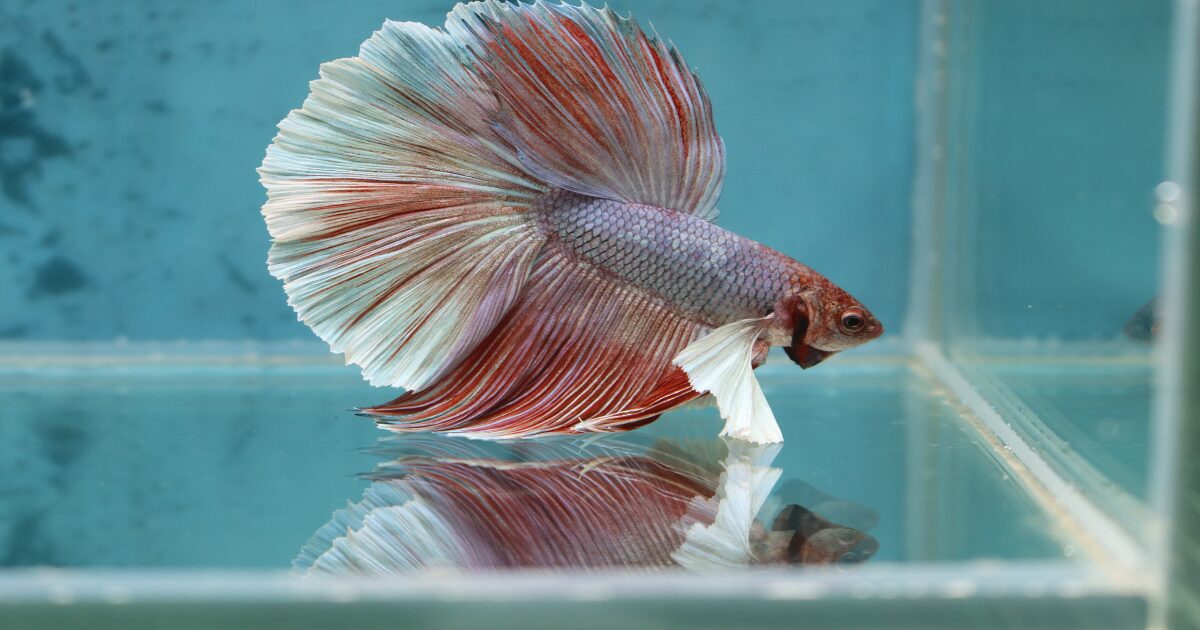
Choosing the Perfect Tank for Your Betta: A Guide to Betta Fish Care
Selecting the right tank for your betta is one of the most important aspects of betta fish care. Although it’s commonly believed that bettas can thrive in small bowls, this couldn’t be further from the truth. In fact, bettas need more space to live happily and healthily. A 5-gallon tank is the absolute minimum size you should consider for your betta; this size allows them to swim comfortably and explore their environment.
Why Bigger Tanks Are Better for Bettas
While a larger tank may seem like an unnecessary expense, it has numerous benefits. A bigger tank is easier to maintain because it allows the water parameters to stay stable for longer periods, reducing the frequency of water changes. It also provides your betta with more opportunities to interact with their surroundings and express their natural behaviors, like swimming, resting, and exploring.
The Importance of Tank Shape
Additionally, the shape of the tank plays a critical role in creating a comfortable space for your betta. A rectangular tank is preferable to a round one, as it offers more horizontal swimming space. Bettas are not strong swimmers, so having plenty of open water to navigate will reduce their stress and allow them to feel secure. Avoid aquariums with a tall, narrow design, as these can restrict your betta’s movement and make them feel cramped.
Choosing the Right Tank Material
Another important consideration is the material of the tank. Glass tanks are typically preferred, as they are easy to clean, allow for better visibility, and help regulate water temperature more effectively. Acrylic tanks are lightweight and durable, but they can scratch easily, which can make them harder to maintain over time. Ensure the tank has a secure lid to prevent your betta from jumping out—yes, bettas are notorious jumpers!
Where to Place Your Betta’s Tank
Lastly, consider the location of your tank. Bettas thrive in a calm and stable environment, so place your tank in an area of your home where it won’t be exposed to extreme temperature fluctuations or constant disturbances. Avoid putting the tank in direct sunlight, as this can cause the water temperature to rise too high and promote algae growth. A quiet corner away from drafts or direct heat sources is ideal.
2. Creative Aquarium Decor Ideas to Enhance Your Betta’s Home and Happiness
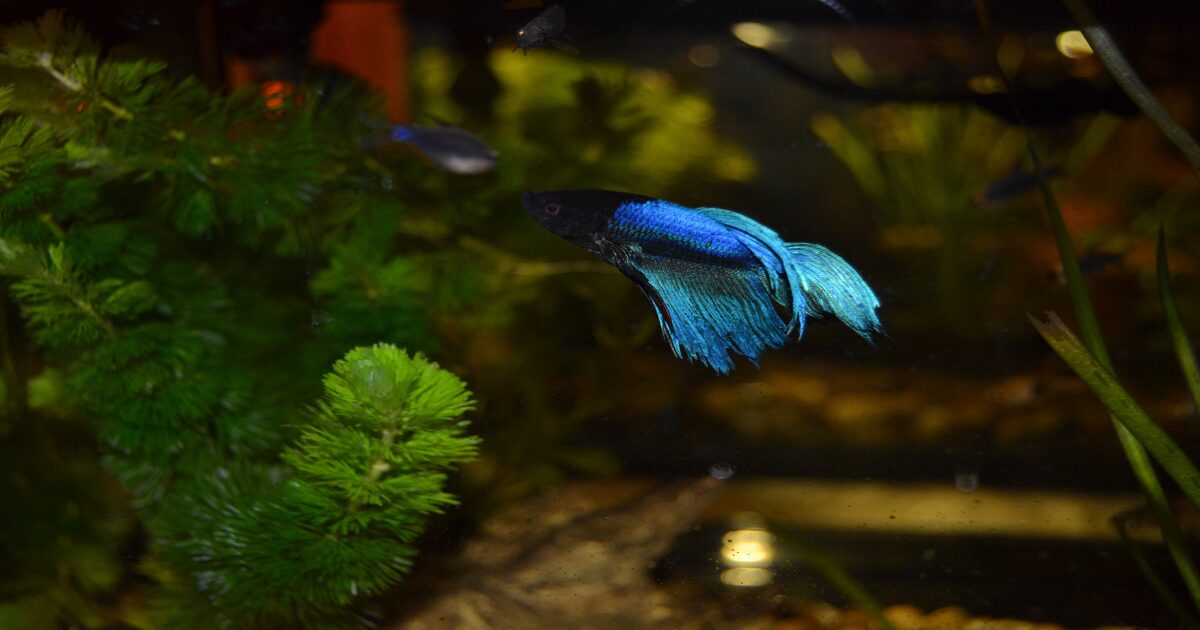
Creative Aquarium Decor Ideas to Enhance Your Betta’s Home and Happiness
Decorating your betta’s aquarium is a creative and fun part of the fishkeeping journey. Not only does it make the tank more visually appealing, but it also enhances your betta’s well-being by providing them with a stimulating environment that mimics their natural habitat. However, when decorating, it’s important to consider your betta’s needs for space, safety, and comfort.
Balancing Space and Safety in Your Betta’s Tank
Bettas are territorial fish and prefer having plenty of space to swim freely. While they enjoy having objects to interact with, too many decorations can make them feel confined and stressed. The key is to provide a balanced setup that includes hiding places, swimming areas, and decorative elements that aren’t too overwhelming.
The Benefits of Live and Artificial Plants
Start with live or artificial plants, as these are essential for creating a natural, comfortable environment for your betta. Bettas love to swim around plants and often use them as hiding spots when they need a break from swimming. Live plants are a fantastic option, as they help oxygenate the water, reduce toxins, and add a sense of natural beauty to the tank. Common live plants suitable for bettas include java fern, anubias, and marimo moss balls. Make sure the plants are soft, as rough or spiky plants can damage your betta’s delicate fins.
Adding Soft Decorations for Hiding Spots and Comfort
Adding soft decorations like smooth rocks or aquarium caves can provide your betta with additional hiding spots where they can retreat to when they feel threatened or need some quiet time. Ceramic caves are perfect for creating a cozy nook for your betta, while driftwood offers a beautiful and natural look to the tank. Just ensure that all decorations are smooth and free from sharp edges, as these could harm your betta’s fins.
Choosing the Right Substrate for Your Betta’s Tank
You can also consider using a soft substrate like fine gravel or sand. Bettas don’t typically dig, but a smooth surface is easy to clean and ensures that your betta can move around without injury. Avoid using sharp or jagged gravel, as it could damage your betta’s delicate fins.
Adding Colorful Touches to Create a Vibrant Environment
For the ultimate creative touch, consider adding colorful elements to your aquarium. Brightly colored stones or fish-safe aquarium dye can add a pop of color without overwhelming the tank. Just remember to keep it simple and leave enough open space for your betta to swim freely. Overcrowding the tank with too many items can lead to stress and make your betta feel trapped.
3. The Essential Betta Fish Care Checklist: What You Need for a Thriving Tank
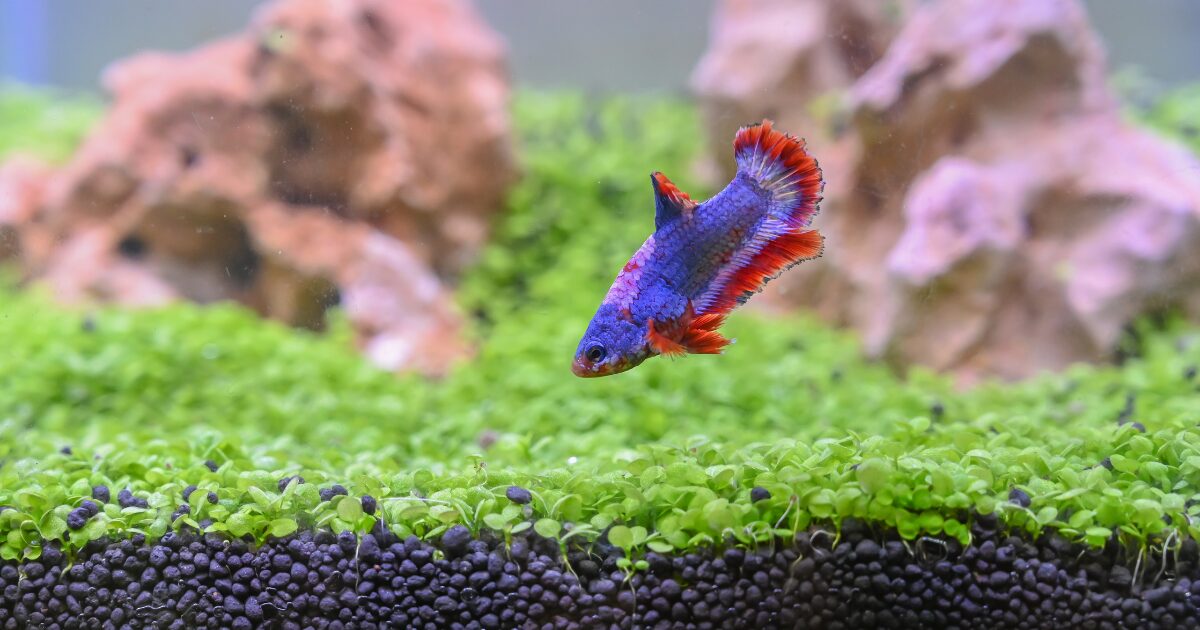
To ensure your betta has the best possible living conditions, it’s important to have all the necessary equipment in place. The following betta fish care checklist will help you keep your tank in top shape and ensure your betta remains healthy and happy.
- Tank: As mentioned, a minimum 5-gallon tank is necessary. Larger is always better, as it allows for more stable water parameters.
- Filtration System: Bettas prefer gentle filtration because they are not strong swimmers. Choose a filter with an adjustable flow setting to prevent strong currents. A filter helps maintain clean water by removing excess waste, food, and toxins.
- Heater: Bettas are tropical fish and require a stable water temperature between 76°F and 82°F. A reliable aquarium heater with an adjustable thermostat will keep your betta’s environment at the optimal temperature.
- Water Conditioner: Chlorine and chloramine in tap water can be harmful to your betta, so a water conditioner is essential to detoxify the water before it enters the tank.
- Thermometer: Monitoring the water temperature is crucial to ensuring your betta stays within their ideal temperature range. A thermometer will help you avoid sudden fluctuations.
- Water Test Kits: Bettas need a safe, stable water environment to thrive. Regularly testing the water for ammonia, nitrites, nitrates, and pH levels is key to maintaining water quality and preventing toxic buildups.
- Aquarium Vacuum: Use an aquarium vacuum to remove debris, uneaten food, and waste from the substrate. Regular cleaning ensures a healthy and clean environment for your betta.
Having all these essentials on hand will make maintaining your betta’s tank much easier and more efficient, allowing you to focus on enjoying your pet’s beauty and personality.
4. Betta Fish Care Basics: Understanding Water Temperature and Filtration
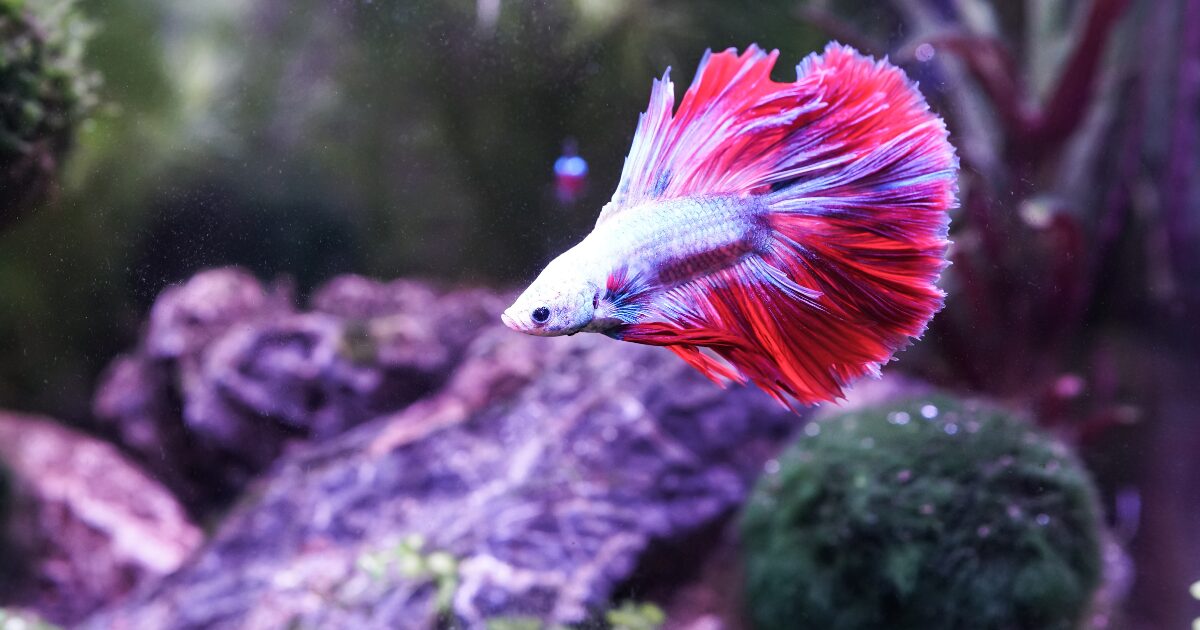
Water temperature and filtration are two of the most critical factors in maintaining a healthy environment for your betta. These two elements are key to keeping your fish stress-free, healthy, and vibrant. Let’s explore why these are so essential in betta fish care.
Water Temperature: Bettas are tropical fish and need a stable water temperature to thrive. Their ideal temperature range is between 76°F and 82°F. If the water is too cold, your betta can become lethargic, susceptible to illness, and prone to digestive issues. On the other hand, water that’s too hot can cause stress, reduce oxygen levels, and potentially lead to overheating.
To maintain a consistent temperature, invest in a reliable aquarium heater with an adjustable thermostat. It’s also important to monitor the temperature regularly with an aquarium thermometer to ensure it stays within the optimal range. Avoid placing the tank near heat sources like radiators or direct sunlight, as these can cause dangerous temperature fluctuations.
Filtration: While bettas don’t need the same type of powerful filtration as some other fish, they still require clean water to stay healthy. A gentle filter that doesn’t produce strong currents is ideal for bettas, as they are slow swimmers and prefer calm waters. A filter helps remove waste, excess food, and harmful chemicals from the water, keeping the tank clean and your betta safe.
When choosing a filter, look for one with an adjustable flow rate, so you can customize the strength of the current based on your betta’s preferences. A sponge filter is also a great option because it provides gentle filtration without disturbing your betta’s delicate fins.
5. Lighting and Aquascaping: How to Set the Mood for Your Betta’s Tank
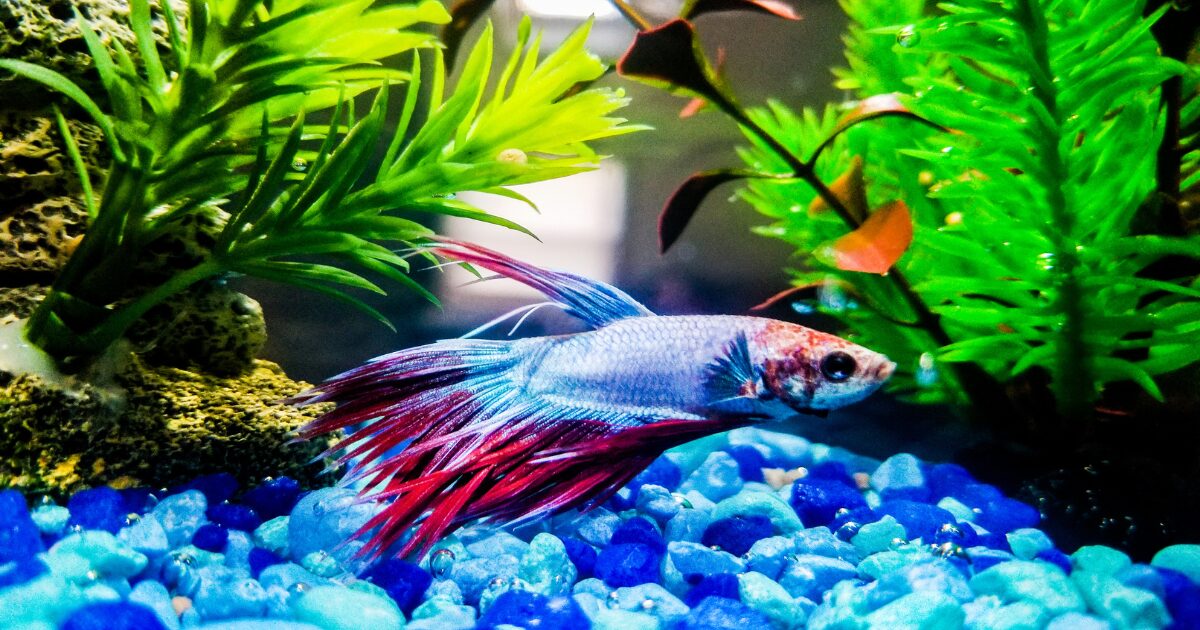
Lighting and aquascaping are important aspects of creating a visually appealing and comfortable environment for your betta. Both elements can influence your betta’s behavior, health, and overall well-being, making it essential to get them just right.
Lighting: Bettas do best with a consistent day-night cycle, so it’s important to provide them with proper lighting. Too much light can stress your betta out and lead to algae growth, while too little light can leave your betta feeling sluggish. A gentle LED aquarium light will help regulate their natural circadian rhythm, promoting healthy behavior and rest.
When setting up your tank, aim for about 8-12 hours of light per day,
followed by 12-16 hours of darkness. You can use a timer to automate the light cycle, ensuring consistency.
Aquascaping: Aquascaping refers to the art of arranging plants, rocks, and other decorative items in an aquarium. This process is important because it provides your betta with hiding spots, resting places, and a sense of security. Bettas are solitary fish, so they appreciate having a space where they can retreat when they feel stressed or overwhelmed.
Consider adding live plants, such as java moss or anubias, to create a natural and healthy environment. Bettas love swimming around plants and resting beneath them. Floating plants like duckweed are also great for providing shade and privacy.
6. Feeding Your Betta: Tips for Healthy Eating and Betta Fish Care
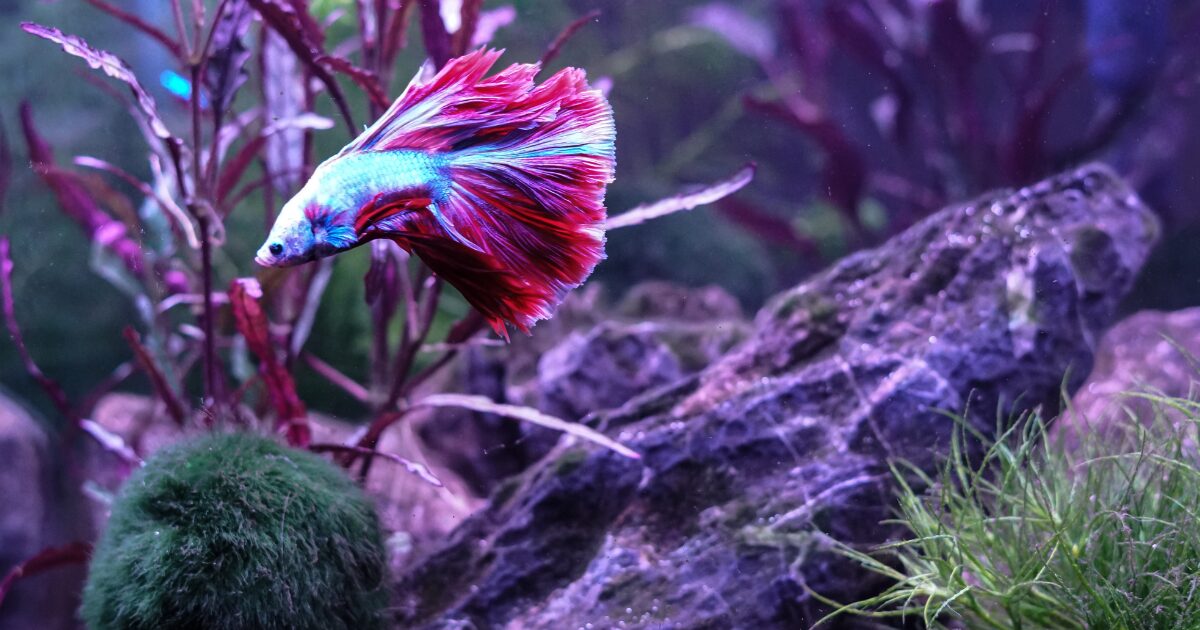
Feeding your betta the right diet is one of the most important aspects of their overall care. A betta’s health, vibrancy, and longevity are heavily influenced by what they eat. While bettas are relatively easy to feed, it’s essential to understand their nutritional needs and feed them accordingly. A well-balanced diet will not only keep your betta energetic and colorful, but it will also help prevent common health issues such as obesity, digestive problems, and fin rot. Let’s dive deeper into the feeding habits, nutrition, and tips that will help you ensure your betta is eating well and staying healthy.
Understanding Betta Fish Diet
Bettas are carnivores, meaning they thrive on a diet high in protein, particularly from animal-based sources. In their natural habitat, bettas are opportunistic hunters that feast on insects, larvae, and small invertebrates. Replicating this protein-rich diet in captivity is essential for keeping your betta healthy and happy. Unlike some other types of fish that may consume plant matter, bettas have a specialized digestive system that is designed for meat-based foods, making high-protein food the foundation of their diet.
There are several different types of food you can feed your betta, including high-quality betta pellets, frozen or live foods, and occasionally freeze-dried options. Each of these types of food has its own benefits, and it’s important to provide a variety of choices to meet your betta’s dietary needs.
Pellets: A Staple in Betta’s Diet
High-quality betta pellets are the most convenient and reliable food for your betta fish. They are specially formulated to provide a balanced diet, containing all the essential nutrients that bettas need. Pellets come in various sizes and formulations, so it’s important to choose one that is suitable for your betta’s size and age. Look for pellets that contain protein as the first ingredient, as this will ensure your betta is getting the best possible nutrition. Some pellets are even fortified with extra vitamins and minerals to support your betta’s immune system and overall health.
When feeding pellets, be mindful of the amount you offer. Overfeeding is a common mistake among fish owners and can lead to bloating, digestive issues, and water quality problems. A good rule of thumb is to feed your betta no more than 2-3 pellets at a time. Your betta should consume the pellets within 2-3 minutes, and any uneaten food should be removed from the tank to prevent water contamination.
Frozen and Live Foods: Adding Variety to the Diet
While pellets should form the core of your betta’s diet, it’s also beneficial to offer a variety of frozen or live foods. These foods provide your betta with natural, high-quality protein that closely mimics what they would consume in the wild. Some of the best live or frozen foods for bettas include brine shrimp, bloodworms, daphnia, and mosquito larvae. These foods are packed with protein and other essential nutrients, making them excellent supplements to your betta’s main diet.
Live foods are an especially great option for stimulating your betta’s natural hunting instincts. When your betta sees these tiny creatures swimming in the water, they’re likely to exhibit more natural behaviors, such as chasing and hunting. This provides them with much-needed mental stimulation and enrichment, which helps keep them active and healthy.
Frozen food, on the other hand, is convenient, safe, and easily stored in your freezer. To serve frozen food, simply thaw it in a small cup of tank water before offering it to your betta. Avoid feeding them the food directly from the freezer, as it may cause digestive upset. Like with pellets, remember to remove any uneaten frozen food after a few minutes to avoid water pollution.
Freeze-Dried Foods: Occasional Treats
Freeze-dried foods are an option for adding variety to your betta’s diet, though they should only be offered as an occasional treat. Options such as freeze-dried bloodworms or brine shrimp can be tasty snacks that your betta will eagerly accept. However, it’s important to use freeze-dried foods sparingly, as they can sometimes cause constipation or digestive issues if overfed. These foods lack the moisture found in frozen or live foods, and excessive amounts may lead to bloating or other health problems.
If you decide to offer freeze-dried foods, always rehydrate them in tank water for a few minutes before feeding them to your betta. This ensures that the food is softer and easier for them to digest. Keep in mind that these foods should not replace a balanced, protein-rich diet of pellets and fresh foods, but they can be a nice supplement for an occasional snack.
Feeding Frequency and Portion Control
How often you feed your betta depends on its age, activity level, and the type of food you’re offering. For adult bettas, feeding once or twice a day is generally sufficient. Young bettas or betta fry (babies) may require more frequent feedings, about three to four times per day, since they are growing and have higher energy demands.
It’s important to be careful with portion control. Bettas have small stomachs, and overfeeding can quickly lead to problems such as obesity, bloating, or poor water quality. A good way to gauge the correct amount is to offer only as much food as your betta can consume in 2-3 minutes. After that, any uneaten food should be removed immediately. Leftover food can pollute the water, leading to an increase in ammonia and nitrite levels, which can harm your betta and other tank inhabitants.
Special Considerations for Betta Fish Health
As with any pet, the health of your betta is a priority, and diet plays a major role in maintaining their overall well-being. Providing a balanced, high-protein diet will not only help keep your betta in great condition but also support their immune system, ensuring they are better equipped to fend off illness and disease. Healthy eating habits can also contribute to maintaining their vibrant color, strong fins, and energetic behavior.
If your betta is exhibiting signs of sluggishness, poor appetite, or abnormal behavior, it may be worth evaluating their diet and feeding schedule. For example, a lack of color could indicate that they’re not getting the proper nutrition. In this case, switching to a higher-quality pellet or adding more live foods could help bring out their vibrant hues.
Bettas can also be prone to certain health issues, such as constipation or bloating, which can often be linked to overfeeding or improper diet. If your betta is constipated, try fasting them for a day or two, then offer a pea (skinned and boiled) as a gentle way to help with digestion. If you notice any signs of illness or discomfort, consult with a veterinarian or a knowledgeable aquarium specialist for guidance.
Tips for Clean Feeding Habits
One of the most important aspects of feeding your betta is maintaining a clean environment. Overfeeding can lead to uneaten food decaying in the tank, which can cause water quality issues and lead to dangerous spikes in harmful substances like ammonia. Always be sure to remove any uneaten food promptly and perform regular water changes to maintain a healthy environment for your betta.
Additionally, ensure that your betta’s food is stored properly. Keep dry pellets in a cool, dry place away from moisture and heat, as these conditions can spoil the food and make it unsafe for your betta. Frozen foods should be stored in your freezer and thawed appropriately before feeding.
7. Maintaining a Clean and Healthy Environment: Betta Fish Care Beyond the Setup
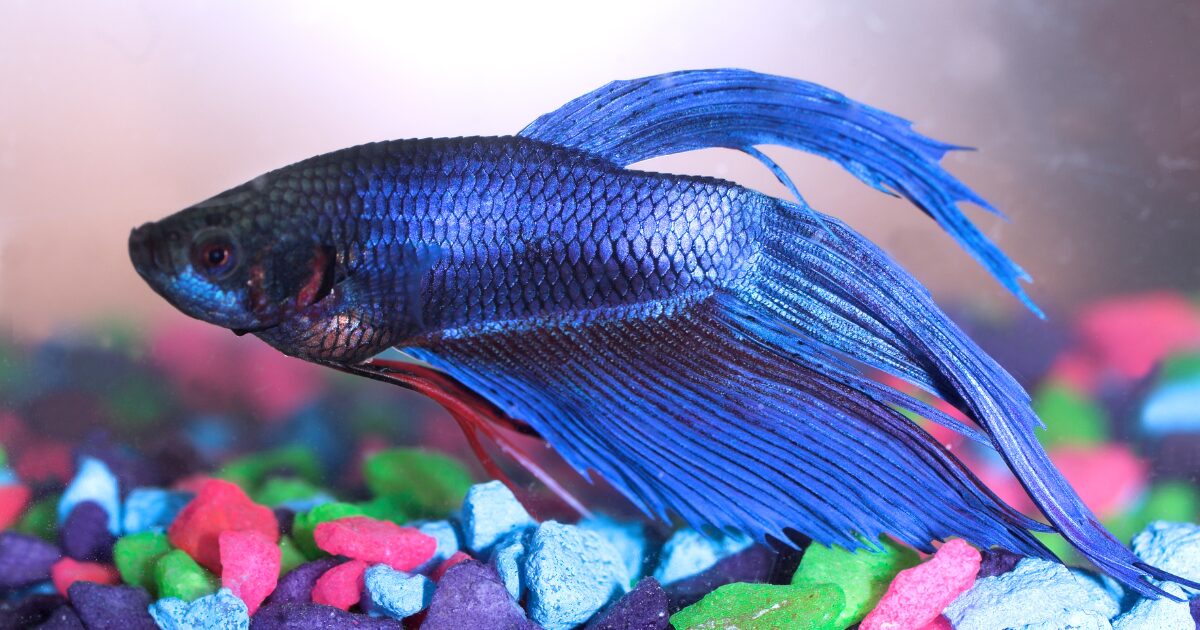
The maintenance of your betta’s tank is crucial to its long-term health. Regular care and cleaning will keep your betta happy and prevent issues such as algae growth, disease, or poor water quality. You should perform a partial water change of about 25-30% each week, using a siphon or aquarium vacuum to clean the substrate and remove debris.
Test the water parameters regularly using a water testing kit to ensure the levels of ammonia, nitrites, and nitrates are within safe ranges. Additionally, check the pH and hardness of the water to ensure it is balanced.
Cleaning the filter every month and replacing the filter media as needed will help ensure the water stays clean and free of harmful toxins. Check the temperature regularly with a thermometer to ensure it stays within the optimal range for your betta.
By staying on top of tank maintenance and making sure your betta’s environment remains healthy, you’ll create a space that’s perfect for both you and your betta to enjoy.
Conclusion:
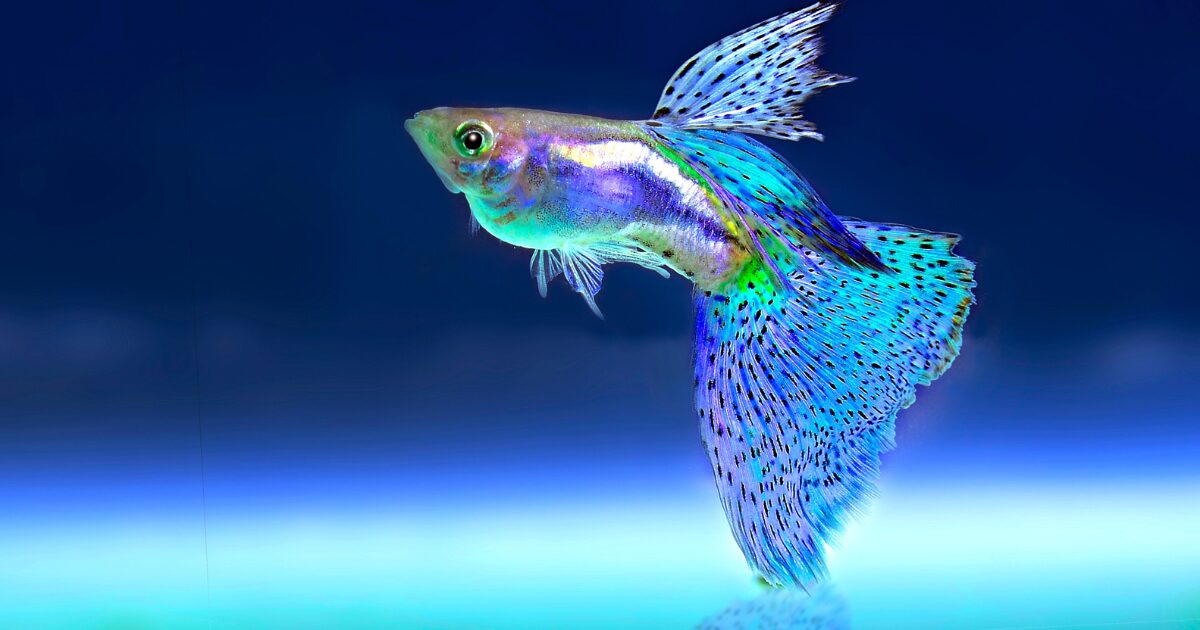
Transform Your Betta’s Home with Creative Aquarium Setups and Betta Fish Care Tips
Creating a thriving, beautiful home for your betta fish is one of the most rewarding aspects of fishkeeping. As you’ve learned, providing the right tank, selecting the perfect decor, and maintaining proper water conditions are all essential steps to ensuring that your betta thrives. When you take the time to carefully set up your betta’s environment, you’re not only enhancing the aesthetic of your aquarium but also improving their quality of life.
The Importance of Proper Tank Setup for Your Betta
Bettas are vibrant, intelligent, and social creatures, and they deserve an environment that allows them to express their natural behaviors. From selecting the right tank size to decorating with plants and hiding spots that reflect their native habitat, every decision you make in setting up their space will have a positive impact on their health and happiness. A proper filtration system, stable water temperature, and appropriate lighting will help keep your betta comfortable, stress-free, and full of energy.
Proper Nutrition for a Healthy Betta
Feeding your betta the right foods and ensuring they’re getting enough nutrients will also play a major role in keeping them vibrant and active. As carnivores, they thrive on a diet rich in high-quality protein, so it’s essential to provide variety and balance to their meals. This, combined with routine maintenance and water quality checks, will ensure that your betta remains in the best of health for years to come.
The Joy of Observing Your Betta’s Natural Behaviors
Beyond the technical aspects of tank setup and maintenance, there’s an undeniable joy that comes with observing your betta in their well-crafted home. Watching them swim through plants, interact with their surroundings, and exhibit their unique personalities is a daily reminder of why bettas make such wonderful pets. As you continue to care for your betta, you’ll likely develop a deeper bond with them, and their well-being will become an important part of your daily routine.
Caring for Your Betta: A Fulfilling Journey
Whether you’re a first-time betta owner or an experienced aquarium enthusiast, the journey of caring for your betta can be as fulfilling as it is educational. By following the tips and strategies provided in this article, you can confidently create a peaceful and beautiful habitat for your fish, one that mirrors their natural surroundings and allows them to flourish.
Enjoying the Beauty and Tranquility of Your Betta’s Home
The effort you put into setting up and maintaining your betta’s tank will not only ensure their health but will also allow you to enjoy their stunning colors and captivating behavior to the fullest. Bettas are not just fish; they are companions that bring joy and tranquility into your home. So, let your creativity flow and transform your betta’s tank into a vibrant, thriving ecosystem where both you and your betta can thrive.
For more expert advice, helpful tips, and fishkeeping resources, be sure to visit The Paws Hub. Happy fishkeeping, and here’s to making your betta’s home as beautiful as they are!